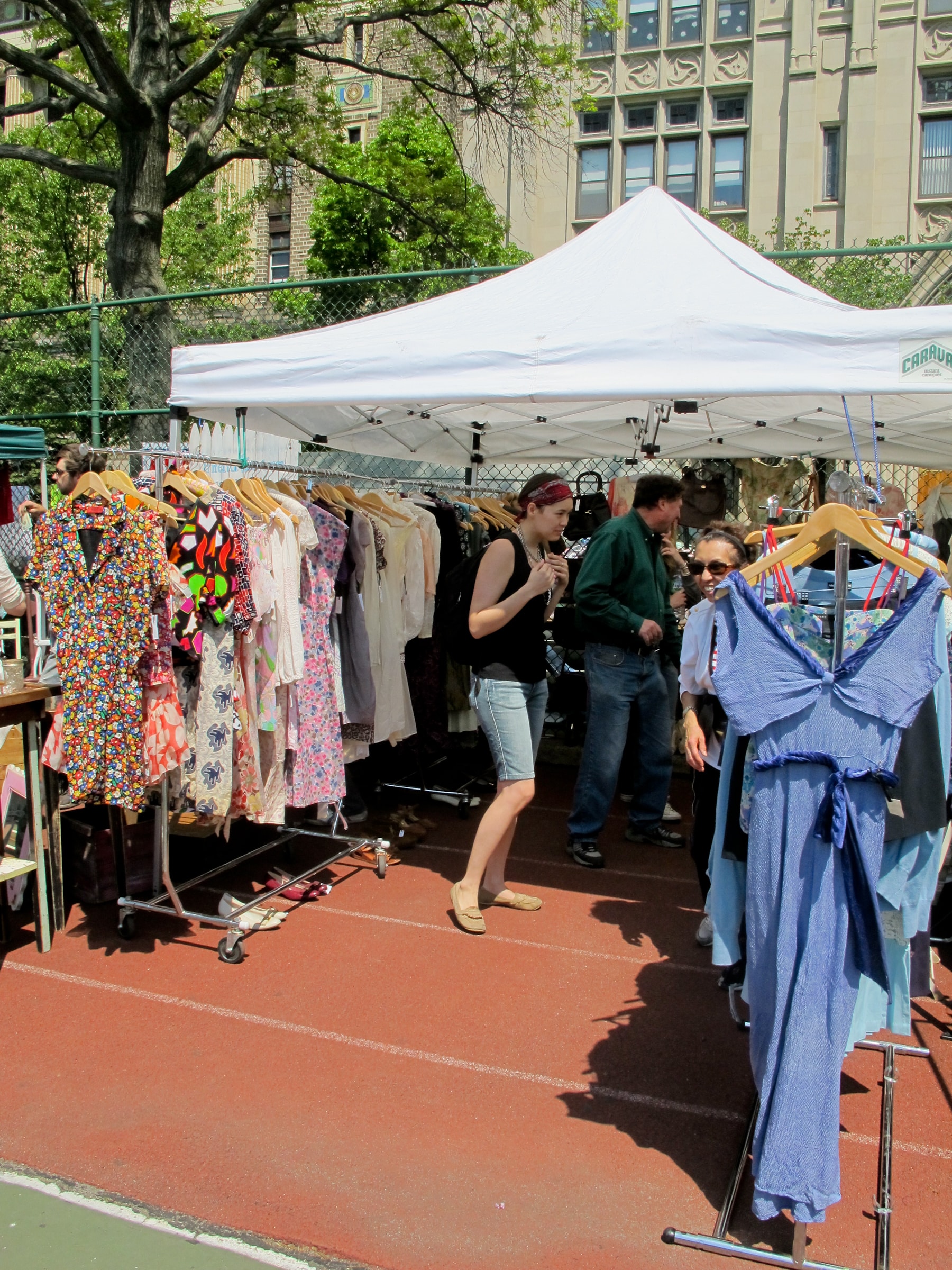In a previous article of our blog we analyzed the consequences of the implementation of the new Law on Waste and Contaminated Soil for the textile sector and we advanced that the trend towards sustainable fashion and responsible consumption habits will impact the current fashion system. Both small and large brands will have to think, if they have not already done so, about strategies to reinvent themselves and not be left out of the new textile industry environment which includes sustainability.
The waste produced by the world of fashion, as well as the environmental issues generated by the industry as a whole, is something that no one can ignore.
Since 2000, the consumption of clothing has doubled, mainly because it is cheap, “thanks” to the existence of fast fashion. Moreover, because it costs us so little, we don’t even wear it: on average, 70% of the clothes in our closets are not worn.
But all this does not mean that, as cheap as they are, these garments have no cost, because they do, and it is very high. the new generations, who are more environmentally conscious, are well aware of this.
The fashion industry has a high environmental cost: it is responsible for 10% of global CO2 emissions and it is the largest consumer of water, a resource whose shortage will be the main environmental issue in many countries by 2040. It takes 2,700 liters of water just to manufacture a single cotton T-shirt. This is equivalent to the water consumption of one person for two and a half years. In addition, it generates large amounts of polluting waste, as tons of textiles end up each year in landfills, thus polluting the environment.
All this leads to greater consumer concern for ethical fashion and sustainability. But, irremediably, it also leads to a paradigm shift in the industry. From the years of fast fashion’s reign to major changes that promote circular fashion.
Here are some of the strategies on the rise to adapt to these changes and not be left out of the new fashion system that is already emerging. At EVLOX, we take an active part in this new system through our commitment to sustainable fashion.
The rise of second-hand clothing, the return of existing models such as clothing rental or more sophisticated innovations such as the subscription model applied to fashion are some of the most widely used strategies.

Second-hand and rental clothing
The arrival of the new Law on Waste and Contaminated Soil has created a boom in second-hand clothing stores. That is not all, brands are also taking initiatives to jump on the bandwagon, which we will discuss below.
The size of the secondhand clothing market in the U.S. will be larger than conventional, according to ThredUp and GlobalData’s prediction for 2023, if the estimated volume of $51 billion is reached.
Northern Europe has been buying second-hand clothing for decades: in the UK there are more than 11,000 second-hand stores and the trend is clearly upward: it is becoming increasingly common to find vintage used clothing stores in city centers.
“If everyone bought a second-hand garment this year, instead of buying new, it would save £449 million in waste,” according to ThredUp.
Rental clothing is also making a strong comeback, thanks to the sustainable benefits it offers.
Every time a garment is rented, another is no longer manufactured and therefore the environmental impacts of its production are eliminated: renting clothes helps to save millions of liters of water and tons of CO2.
For all these reasons, in the United Kingdom and the United States, renting clothes has become a way of life: no need to waste money on clothes and always be fashionable. This idea is catching on in many countries. The case of Sweden is striking, where Köpskam, the shame of shopping without a real need, is growing. It is a philosophy that puts the responsibility of the individual in the fight against climate change before the advertising pressure of fast fashion brands to be constantly shopping.
The response has not been long in coming, and the low-cost fashion brands are beginning to act accordingly; but not only them, also the premium brands and even those in the luxury sector, as we now see below.
H&M opened its first clothing rental service in Stockholm (Sweden) last year. COS and Levi’s have online resale platforms. The Spanish marketplace Zalando offers its customers the possibility of buying and exchanging second-hand clothes on its website… Even Gucci is making moves and has already entered into a commercial alliance with The Real Real to strengthen its vintage market. Applications, websites… and countless initiatives are springing up everywhere, and will continue to do so. All brands in the sector are mobilizing to take positions in the new scenario, where the increasingly widely known recommerce seeks the true circularity of fashion.
From EVLOX, we will continue to be part of the movement, as we keep innovating in sustainable denim.